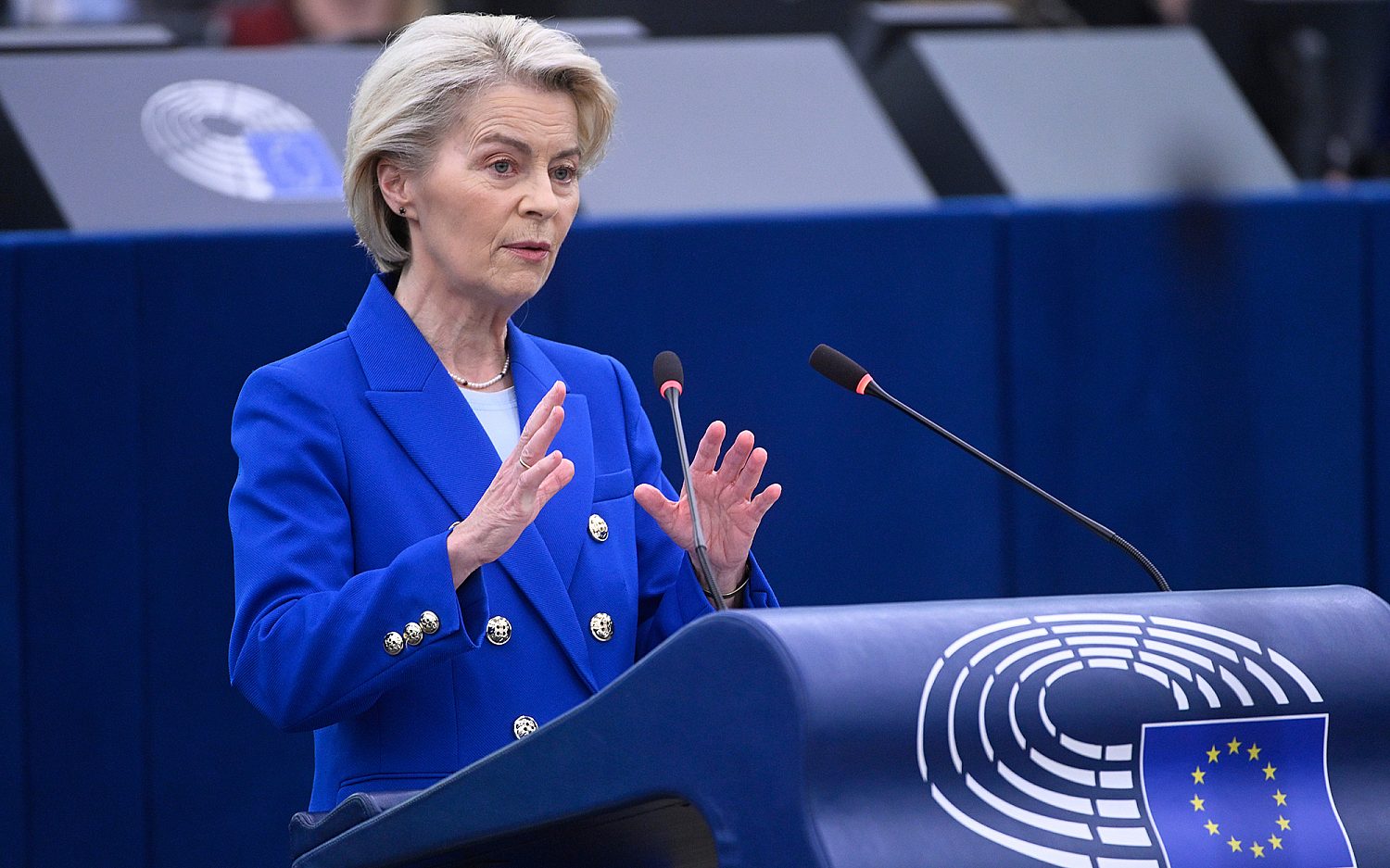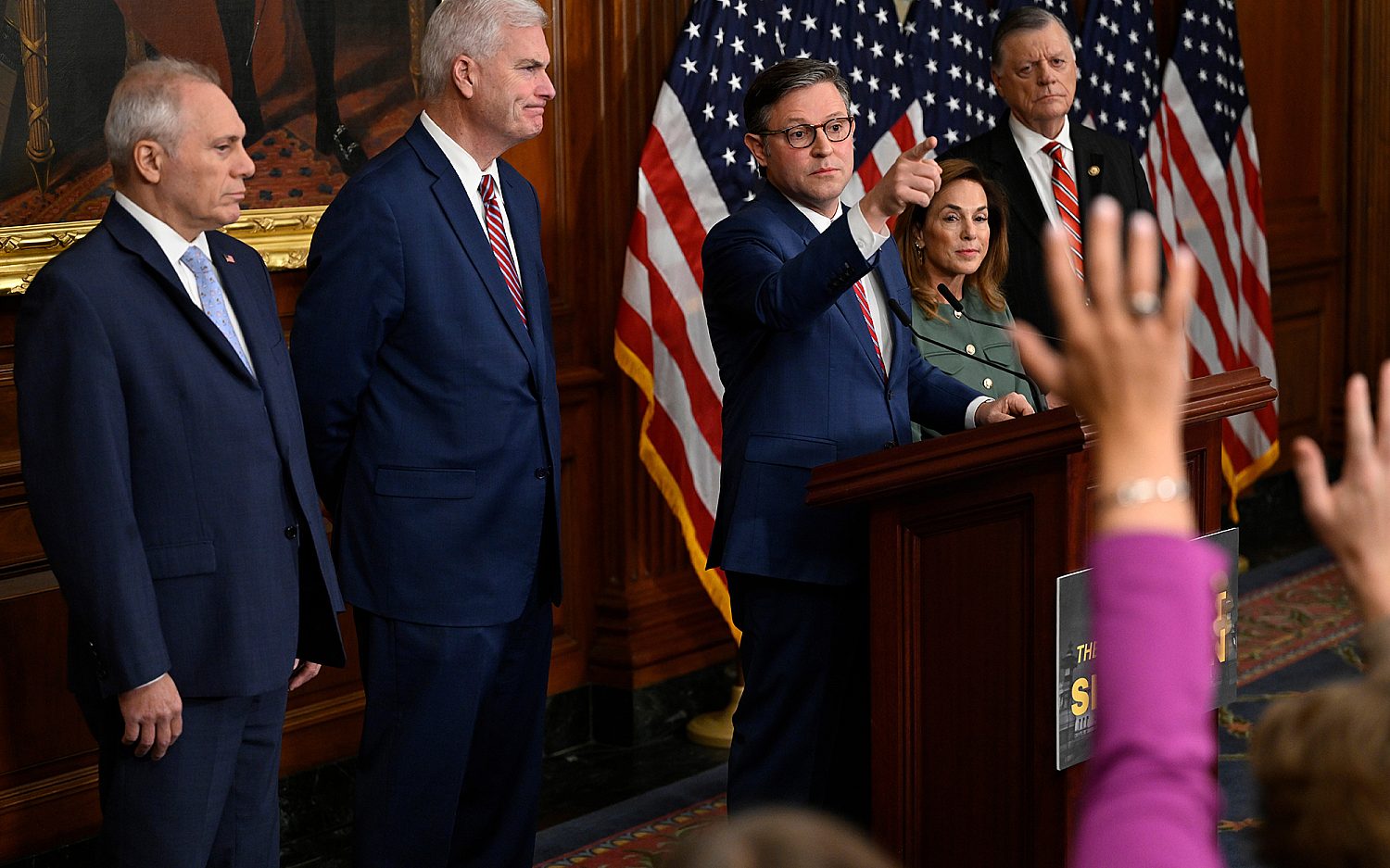Dollars and Sense: Is the Wall Street roller coaster over?
Volatility high. Last week was a roller coaster on Wall Street. The CBOE Volatility Index, a measure of the premium traders are willing to pay for protection against a drop in the S&P 500, jumped 90 percent to 53.29, its highest since January 2009. That was a stunning one-week move. But it seems unlikely the sort of volatility we saw last week will continue. To begin with, last Monday the market dropped 1,000 points after the opening. It was the first time in history we ever saw a one-day move like that. It’s fair to say they don’t come along very often and will not become a regular habit. Also, U.S. oil and gas stocks have led the way downward. They’ve lost about $310 billion of market value this year. That’s bad for those companies, but the same forces that have caused those losses have contributed to lower gas prices, which helps almost everyone else.
Daily reversals. It’s also important to note that by the end of Monday the market had recovered a good bit of that 1,000-point loss. In fact, the markets reversed themselves by mid-day several days last week. That means the markets were not in a panicked free-fall but were responding to news, mostly from China. So when the markets opened, they responded to what China did that day, China being many hours ahead of New York. But then bargain hunters jumped into the market, or we got better news from the rest of the world, including here at home, and the markets changed course.
Good news. The news last week wasn’t all bad. On Tuesday, we got a consumer confidence report and a report on new housing starts. Both came in well above expectations. The Commerce Department said the gross domestic product expanded at an annual rate of 3.7 percent in the second quarter. Gas prices are way down, and a lot of people are using the extra dollars not going into the gas tank to spend in other areas. Consumer spending rose in July, and that’s encouraging because consumer spending accounts for about 70 percent of all U.S. economic activity. Also, because of all the drama in China and in the markets, we haven’t talked about earnings much at all over the past few weeks, but we actually got a number of positive surprises from Wall Street. Signet Jewelers beat expectations last week. The J. M. Smucker Co. also beat expectations, and presented a better-than-expected outlook. And it’s important to note that after all the volatility, the Dow wound up ending the week not far from where it started.
The week ahead. We’ll cross from August into September tomorrow—from the summer into fall. On Wall Street, that’s more than just a calendar milestone. After Labor Day, more traders and analysts are back at their desks, so the impact of program trading tends to diminish. Program trading contributed to the 1,000-point drop in the Dow last Monday. We’ll also get news here at home that will drive China off the front pages: auto sales, truck sales, factory orders, and the trade balance numbers all come out this week. And, of course, we’ll get the big monthly unemployment number on Friday. It’s also fair to say part of the reason for the volatility is that the Fed is not being forthcoming about when and how much it will raise interest rates. I’d look for Fed Chairman Janet Yellen and the central banks around the world to get their heads together on this issue and take some steps to give the markets some guidance about what they plan to do in the months ahead. That alone could help with some of the volatility issues.
Listen to “Dollars and Sense” on The World and Everything in It.
An actual newsletter worth subscribing to instead of just a collection of links. —Adam
Sign up to receive The Sift email newsletter each weekday morning for the latest headlines from WORLD’s breaking news team.





Please wait while we load the latest comments...
Comments
Please register, subscribe, or log in to comment on this article.